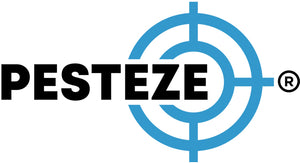GUIDE TO NON-LETHAL ANIMAL CONTROL TOOLS

GUIDE TO NON-LETHAL ANIMAL CONTROL TOOLS
SUMMARY
Non-lethal animal control methods are effective, humane, and increasingly accessible for homeowners. This guide introduces tools and techniques that help you manage wildlife without causing harm.
FEATURES
-
Overview of safe, humane deterrents
-
Tools for repelling and redirecting animals
-
Pros and cons of common non-lethal methods
-
Tips for using deterrents effectively
-
Advice on legal and ethical use
DESCRIPTION
Keeping animals out of your home doesn’t have to involve traps or harm. Non-lethal animal control tools—like motion-activated sprinklers, ultrasonic devices, and scent-based repellents—can protect your property while prioritizing animal welfare.
POPULAR NON-LETHAL TOOLS
Motion Sensors & Lights: Startle and redirect animals without injury.
Ultrasonic Repellents: Emit sounds that deter pests without affecting humans or pets.
Scent-Based Solutions: Use natural smells animals dislike—like vinegar or predator urine.
Physical Barriers: Mesh, fencing, and netting guide wildlife away safely.
TIPS FOR HUMANE USAGE
Test and Adjust: Find what works best for your specific environment and animals.
Stay Informed: Know your local wildlife and what methods are legally permitted.
Focus on Prevention: Combine deterrents with secure trash, sealed gaps, and clean yards.
- Medha samanu


Comments 0